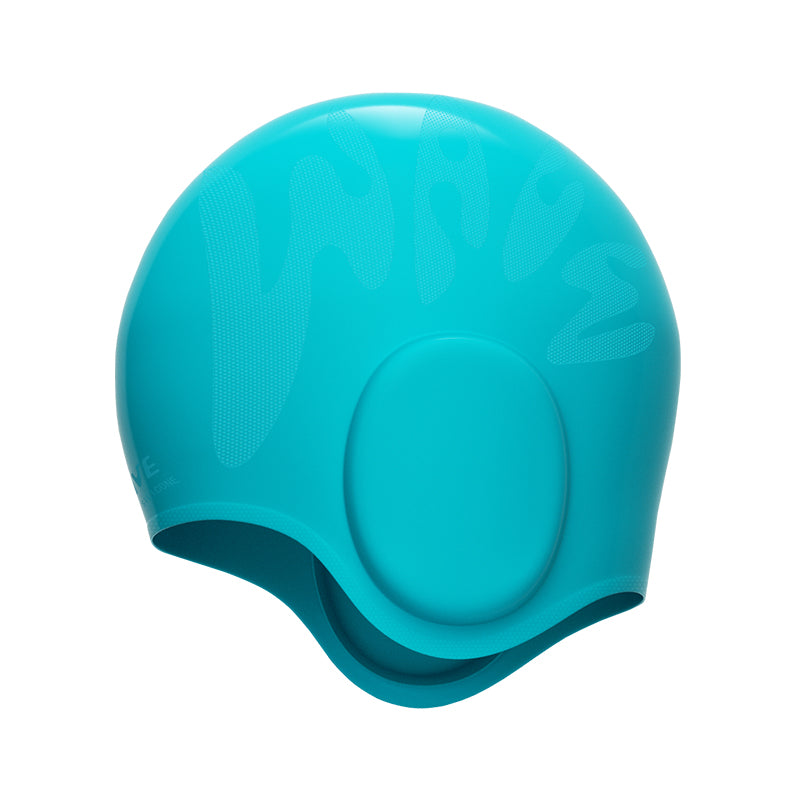While the primary goal of swimming is to increase speed, many swimmers focus on increasing distance, so I'll give four simple but easy tips for swimming long distances without getting tired.
Don't shorten the stroke distance
Shortening the stroke will reduce propulsion and use more energy, so don't do it. Extending stroke distance is a key element of effective long-distance swimming, and in order to achieve this in freestyle, you must maintain a horizontal body position at all times, which is necessary at all times because it minimizes resistance and makes more efficient use of each of your strokes. When the body is in the right position, consider an arm stroke: you need to reach as far forward as you can, and as you pull back, extend the other arm as far forward as you can. Keeping your body level and extending your arms at the same time is the most efficient way forward, which means you can save more energy for your long swim.
Eat right
Drink plenty of fluids during training and competition, while eating whole grains, vegetables, and plenty of lean protein. In order to generate the energy needed for swimming, remember to bring a large bottle of water and a few energy bars for you to replenish in the middle of your training because the calories you burn and sweat during a competitive swimming competition are incredible.
Gradually increase fitness
Long-distance swimming is an ongoing process, just like cycling and running, and you need to set goals in a special way so that you can progress gradually. Trying 10K at the beginning will only result in injury or loss of full motivation, which is why you should start at a certain pace with 10 runs of 50 meters, then increase to 75 meters and then 100 meters. This will increase your fitness and endurance, as well as improve stroke technique and efficiency, as you can constantly see progress and be able to complete the training without feeling stressed and physically broken.
Learn how to breathe
Your muscles need oxygen. Swimming muscles need a lot of oxygen. If you want to be successful in long-distance swimming, you have to accept and adapt to it. Here are three basic rules, and tips that will give you more oxygen and a better rhythm while swimming, help you breathe while swimming, and oxygenate your body without creating resistance or distraction, which also means you'll have more power and efficiency in the water:
1. Keep your face in the water. We know this may be uncomfortable at first, but it is necessary because when you swim with your head up, your hips and legs will sink deeper and you will lose the body position mentioned above.
2. Exhale underwater. Inhale as you turn and exhale through your nose and mouth as your head enters the water. This will be uncomfortable at first, but it's a way to get more oxygen while minimizing the amount of time you spend surfacing and looking up as much as possible.
3. Unilateral breathing. For long-distance freestyle, it's best to breathe on one side. This gives you a good rhythm and plenty of oxygen. It is important to note, however, that you need to correct minor body imbalances when breathing on one side.


